Description
Leather & Suede Boots High Ankle Handmade Brown Blue Wing Tip
Leather & Suede Boots High Ankle Handmade Brown Blue Wing Tip
1. Brand: Handmade
2. Style: Ankle Boots
3. Width: Extra Narrow (A+)
4. Pattern: Solid
5. Origin: Pakistan
6. Fastening: Lace Up
7. Closure: Lace Up
8. Handmade: Yes
9. Type: Dress Shoes
10. Lining Material: Leather
11. Material: Leather & Suede
12. Color: Blue & Brow
Types of Leather: An In-Depth Guide
Leather is a versatile material that finds its place in various applications, ranging from fashion to furniture. Understanding the different types of leather available in the market is essential for making informed choices. The primary categories include full-grain, top-grain, genuine leather, and bonded leather, each distinguished by quality, texture, and durability.
Full-grain leather is widely regarded as the highest quality among leather types. It retains the skin’s natural grain and imperfections, showcasing its authenticity. Its toughness and ability to develop a rich patina over time make it a popular choice for premium items such as luxury handbags and wallets.
Genuine leather, often misunderstood, refers to a category of leather that is made from rawhide but not of the highest grade. This type is more affordable and is typically used in products such as shoes and jackets.
It has a reasonable level of durability, although it does not age as gracefully as higher-quality leathers. Finally, bonded leather is crafted from scraps of real leather that are bonded together with polyurethane or latex. .
By understanding the different types of leather and their characteristics, consumers can make educated decisions when purchasing leather goods. Choosing the right type of leather can significantly affect the longevity and appearance of the product, ensuring satisfaction for years to come.
Caring for Leather: Maintenance and Sustainability Practices
Caring for leather is essential to ensure its longevity and maintain its aesthetic appeal. Proper maintenance not only enhances the leather’s appearance but also contributes to a more sustainable lifecycle, as it reduces the need for replacements. Regular cleaning is the first step in leather maintenance.
Conditioning is equally important, as it keeps the leather supple and prevents cracking. Choose a high-quality leather conditioner that suits the type of leather you have. Applying conditioner every six months helps replenish oils lost through normal wear.
Additionally, protecting leather from common damage such as water stains and scratches is essential. Apply a water-repellent spray designed for leather to create a barrier against moisture. When it comes to scratches, many can be minimized by gently buffing the area with a clean, dry cloth.
Sustainability in leather care goes beyond maintenance; it encompasses responsible purchasing decisions. By being conscientious consumers, we can contribute to reducing the environmental impact associated with leather production and support sustainable industries that value ethical practices.

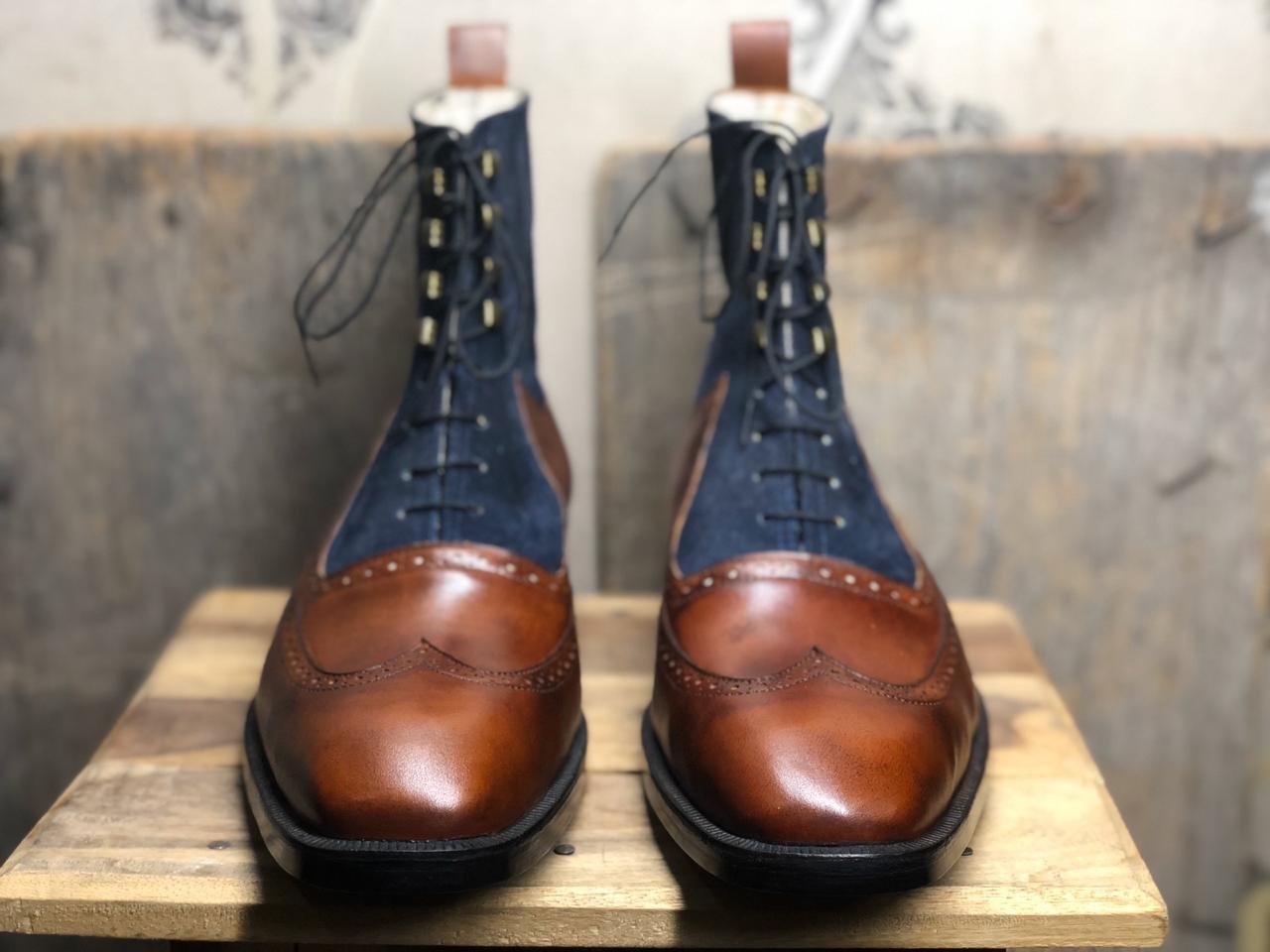
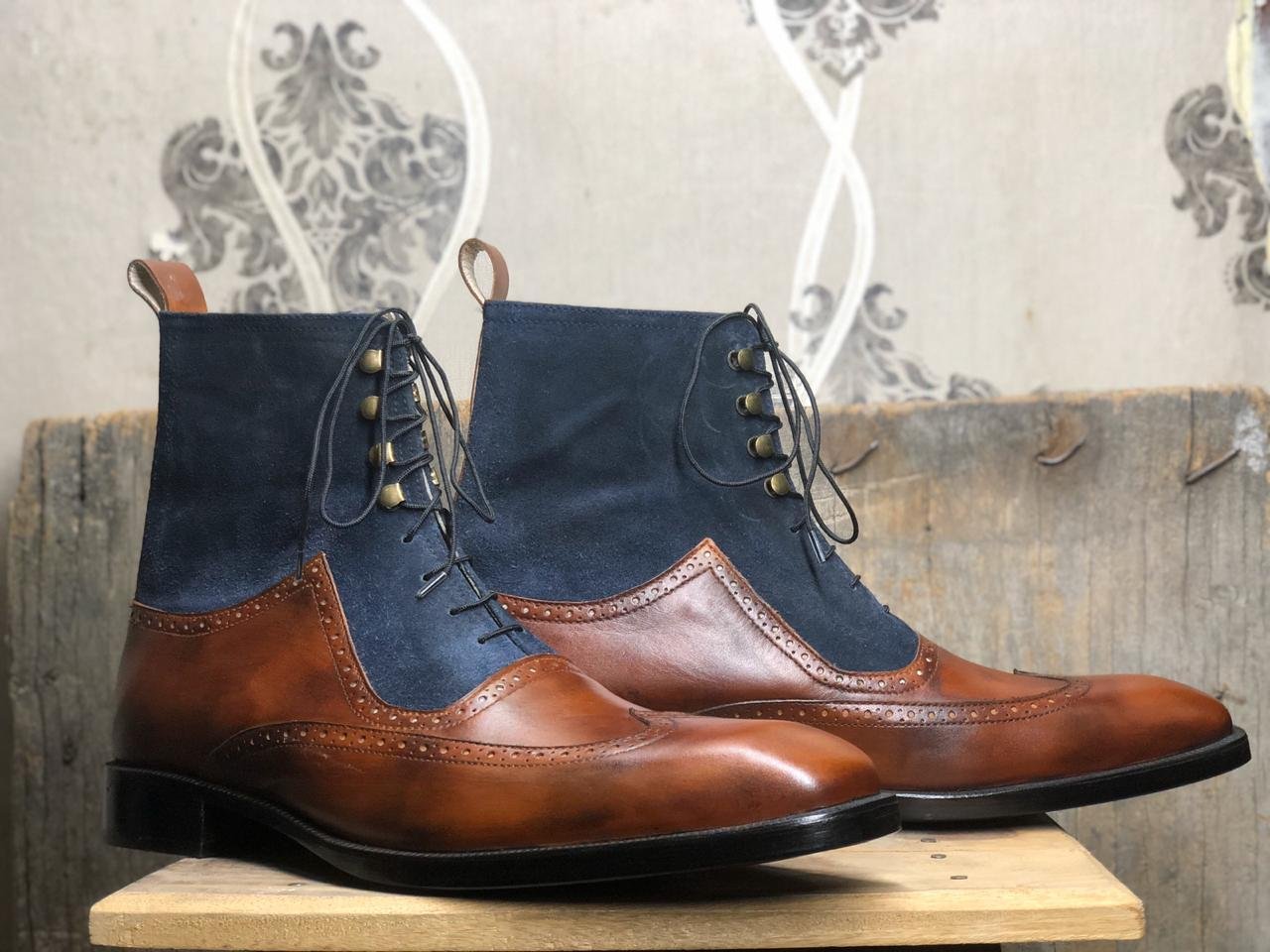

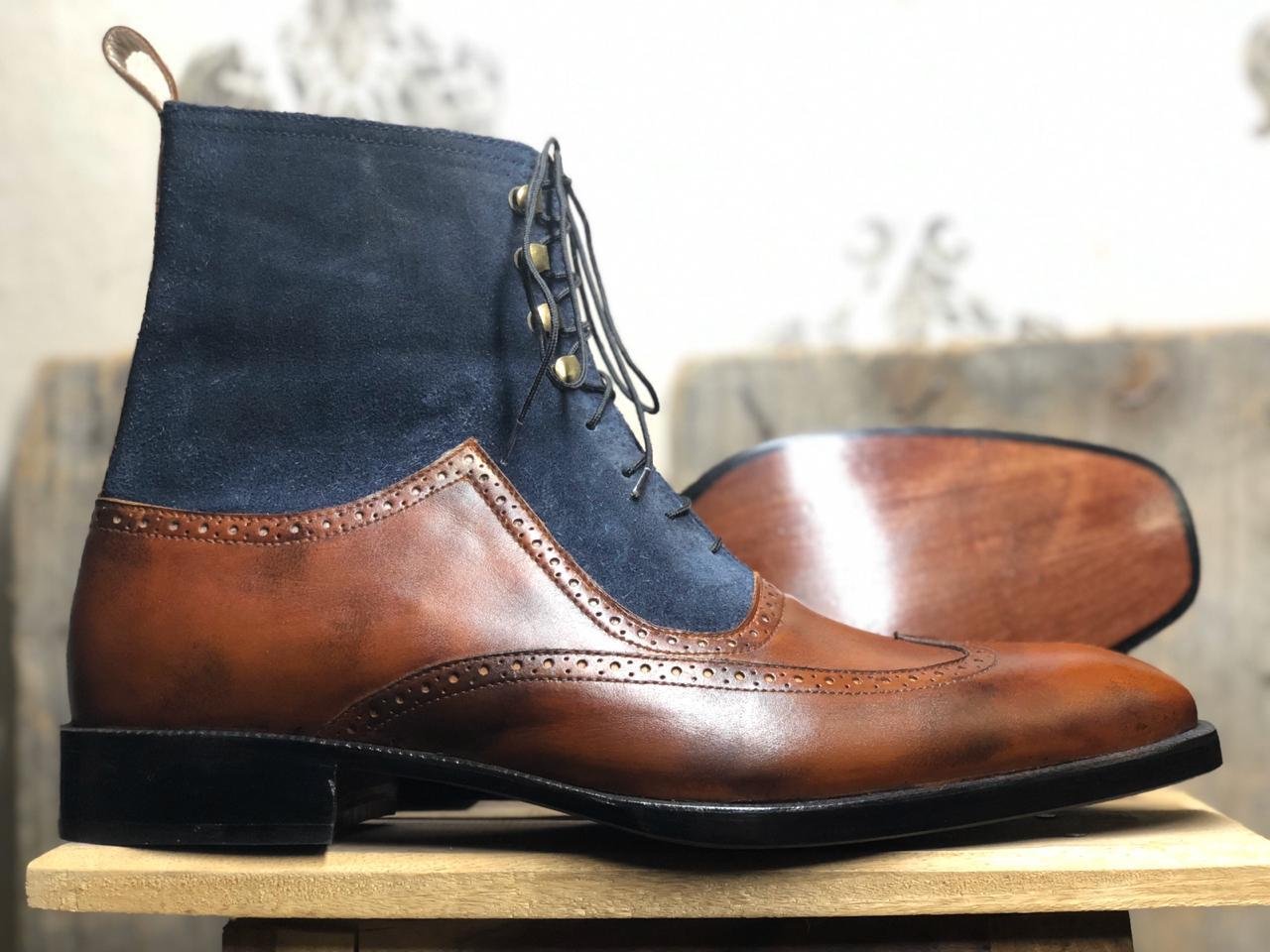
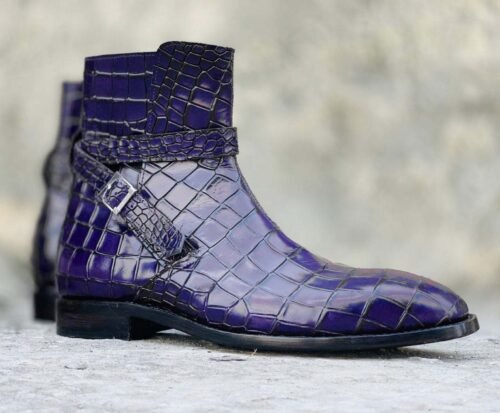
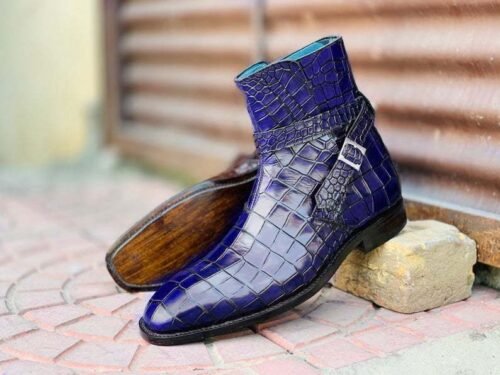








Reviews
There are no reviews yet.